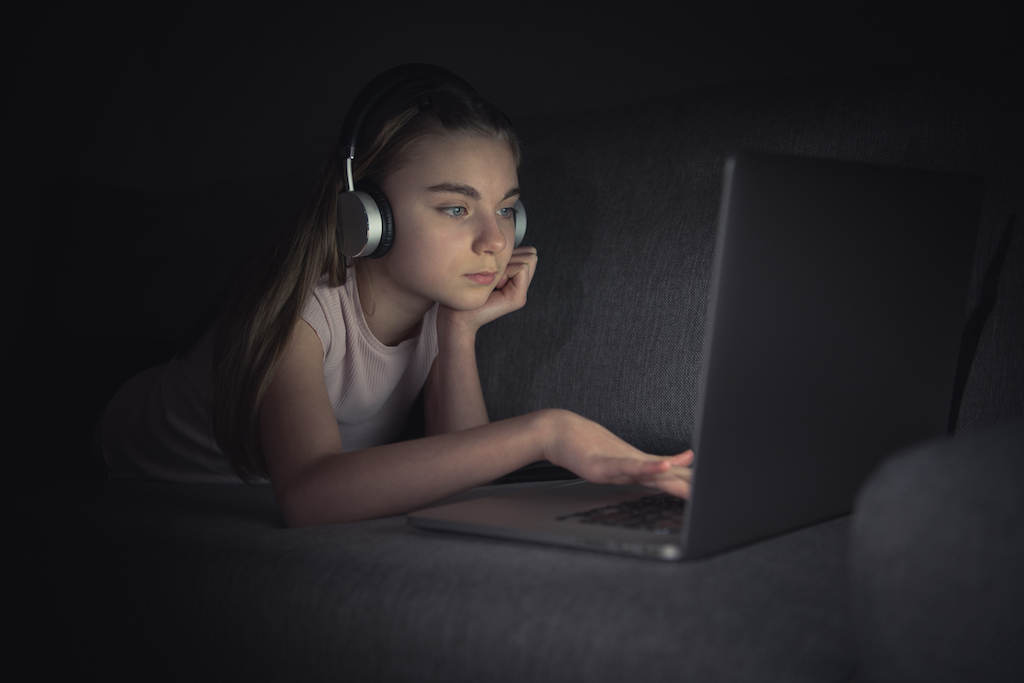
Fair Use in the Digital Age: Understanding Its Impact on YouTube Content
As the internet becomes an ever-expanding hub of creativity and information, understanding the legal boundaries and guidelines for content use is crucial. One of the most important principles in this realm is “fair use.” This article will explore the concept of fair use on the internet, with a particular focus on how it impacts content creators on YouTube. We will discuss the four factors of fair use and provide examples to help illustrate the concept.
What is Fair Use?
Fair use is a legal doctrine that allows for the limited use of copyrighted material without obtaining permission from the rights holder. It is a fundamental aspect of copyright law, providing a balance between protecting the interests of creators and fostering the exchange of ideas and creativity. In the United States, fair use is outlined in Section 107 of the Copyright Act of 1976.

Four Factors of Fair Use
Determining whether a particular use of copyrighted material falls under fair use can be complex, as courts analyze the following four factors on a case-by-case basis:
1. Purpose and character of the use: The courts consider whether the new work is transformative and adds new meaning or value to the original. Non-commercial, educational, and critical uses are more likely to be considered fair use.
Example: A YouTuber creates a video essay discussing and critiquing scenes from a popular movie. By using movie clips in a transformative manner for educational purposes, this usage is more likely to be considered fair use.
2. Nature of the copyrighted work: Courts are more likely to find fair use if the original work is factual or non-fiction, as opposed to creative or fictional content.
Example: A YouTuber uses a brief clip from a news broadcast in a video discussing a current event. As the news broadcast is factual content, this usage is more likely to be considered fair use.
3. Amount and substantiality of the portion used: The courts examine the quantity and quality of the copyrighted material used. Smaller, less significant portions are more likely to be considered fair use.
Example: A YouTuber uses a 15-second clip from a two-hour movie in their video. This small portion is more likely to be considered fair use than if they had used an entire scene or a significant portion of the movie.
4. Effect of the use upon the potential market: If the new work negatively impacts the market for the original work or its potential derivatives, it is less likely to be considered fair use.
Example: A YouTuber uploads a full movie to their channel, which could potentially reduce the sales of the movie or affect its streaming revenue. This usage is less likely to be considered fair use.

YouTube and Fair Use
YouTube has implemented a Content ID system to help rights holders identify and manage their copyrighted content on the platform. If a video is flagged for containing copyrighted material, the creator can file a dispute, asserting that their use of the material is protected under fair use.
In some cases, YouTube has provided legal support to creators who have been sued for copyright infringement, when the platform believes that the creator’s work is protected under fair use.
Conclusion
Understanding fair use is essential for content creators on the internet, especially on platforms like YouTube. By considering the four factors of fair use and applying them to your content, you can better navigate the complex world of copyright law and avoid potential infringement issues as we discussed in this post. As the internet continues to evolve, it is crucial that the principles of fair use are upheld to promote creativity, learning, and the free exchange of ideas.
